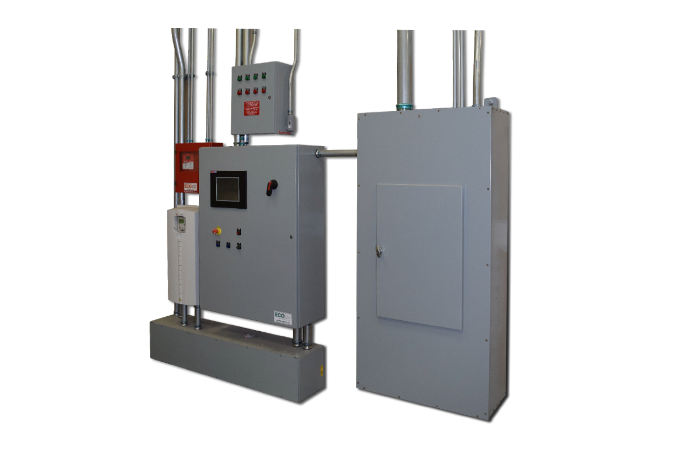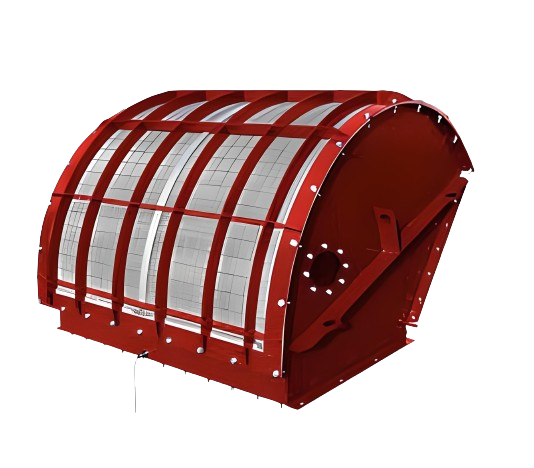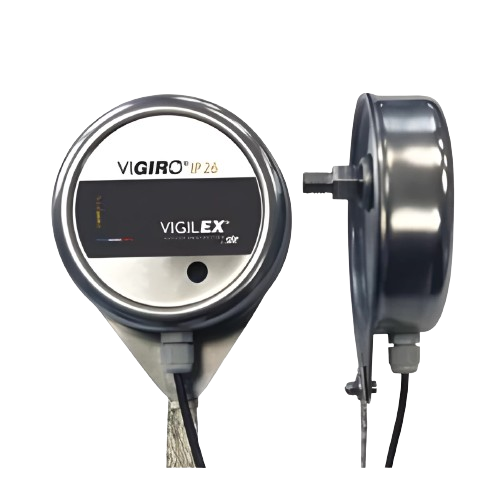EXPLOSION PROTECTION
In industrial contexts, aspiration is associated with the movement of air or gas through ventilation systems to remove airborne contaminants such as dust, fumes, or vapors.
Dust, flammable gases, fumes, flammable liquids, and fine particles significantly contribute to the occurrence of explosions in industrial environments. When these materials are suspended in the air in certain concentrations, they create potentially explosive atmospheres. Ignition sources such as sparks, flames, hot surfaces, friction, or static electricity can cause explosions when they come into contact with these flammable materials.
Explosions most commonly occur in industrial areas where processes generate dust or involve handling flammable materials. These industrial sectors include the chemical, food, pharmaceutical, wood processing, metallurgical, petrochemical, mining industries, as well as the power generation and waste processing sectors.
To mitigate the risks associated with explosions, industrial sectors use explosion protection devices. These devices are designed to vent pressure, flames, and dust in case of an explosion, thereby protecting personnel and equipment from the potential catastrophic effects of such events. Explosion protection devices represent key safety measures in industrial environments where flammable materials are present, as they help prevent injuries, damages, and loss of life.
Space ventilation is one of the most common and effective forms of explosion protection, releasing overpressure from a potential industrial explosion and providing an escape route for expansive gases. Explosion relief devices control overpressure during an explosion, thus minimizing damage to industrial equipment. Pressure relief systems in accordance with the ATEX standard offer practical and cost-effective solutions for preventing explosions.
Dust Explosion:
- Generates and disperses a cloud of gas or dust;
- Can occur even without the presence of an open flame;
-
May result in the rupture of a silo due to increased internal pressure.
Explosion Venting:
- Limiting overpressure during an explosion by releasing unburned mixtures and combustion products;
- Panels do not prevent explosions, but they prevent excessive pressure buildup in the vessel by allowing controlled pressure release;
-
Pressure relief devices discharge explosion energy outside the system.

The VIGILEX explosion vents meet all necessary health and safety criteria, ensuring suitability for environments with explosive atmospheres (Directive 94/9/EC). In the event of an explosion, these valves are designed to relieve pressure, flames, and dust, providing protection for individuals and industrial equipment. They offer a simple and effective protective solution and are designed to withstand depressurization, pneumatic cycles, for use in silos, tanks, filters, and cyclones.
Compliance is guaranteed through CE certification and notification of quality assurance in production.
Other Certifications:
Explosion Vent Panel Standard
- Ex II GD
- EN 14491
- EN 14994
- EN 14797
- EN 1127.1
- EU Type examination certificate : INERIS 15ATEX0001X
-
Production quality assurance notification : INERIS 08ATEXQ406
Flameless Devices
- Ex II GD
- Ex II 2 D
- EN 16009
- EC Certificate : INERIS 14 ATEX 0049 X
- Production quality assurance notification : INERIS 08ATEXQ406
-
Certified for : Organic dust / Fiber dust / Metal dust / Gas
Explosion Isolation Valves
- INERIS 19ATEX0016X
- 2014/34/UE
- EN16447: 2014
- EN 15089 : 2009
- EN1127-1: 2019
- EN14460: 2018
- NFPA 69: 2019
- INERIS 08ATEXQ406
- ISO9001: 2015



